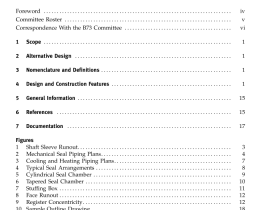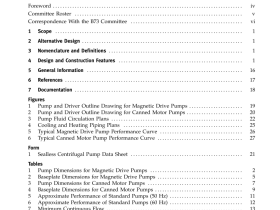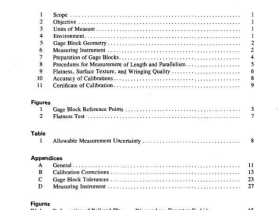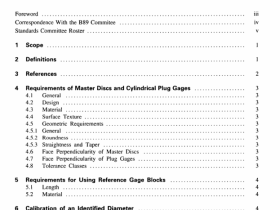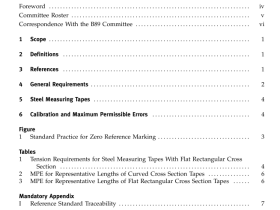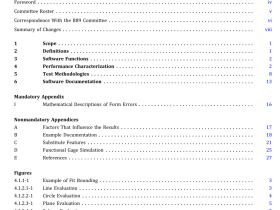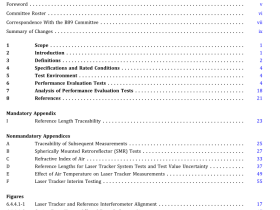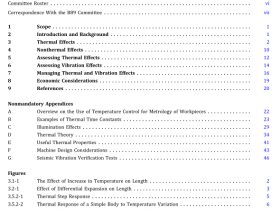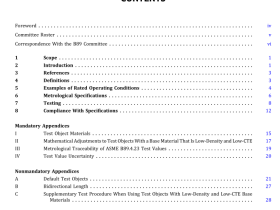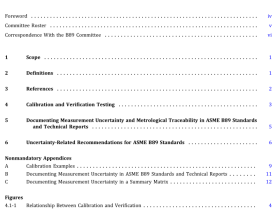ASME B31J pdf download
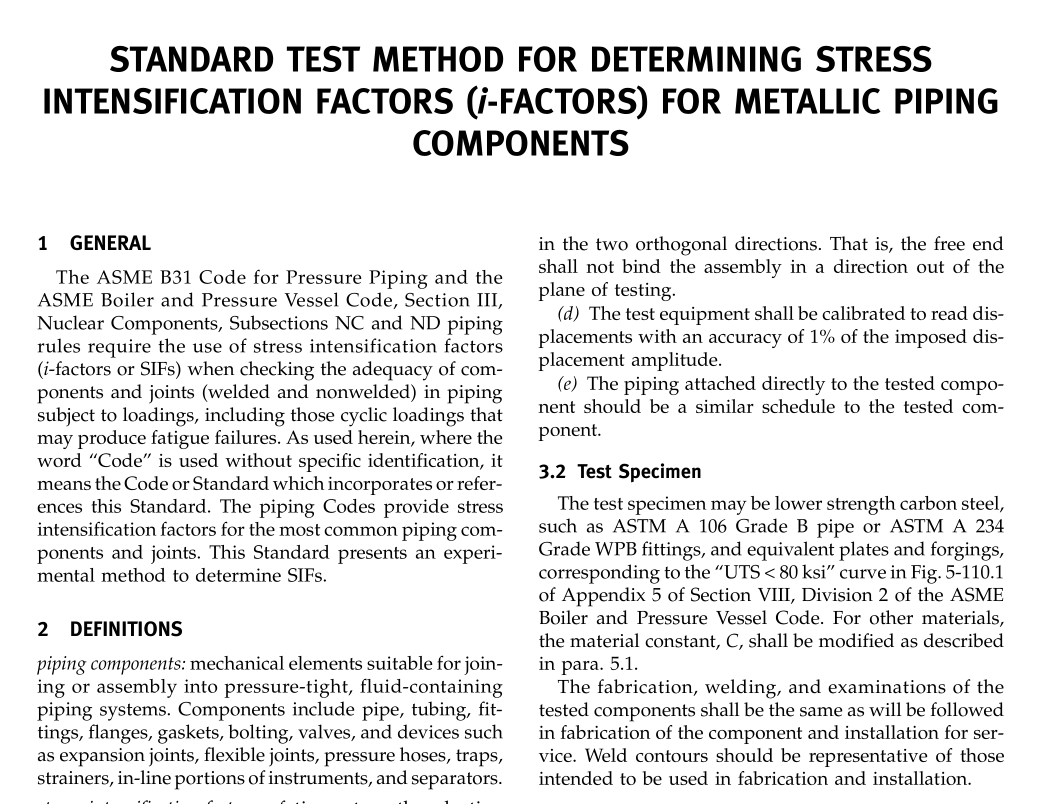
ASME B31J pdf download Standard Test Method for Determining Stress Intensification Factors (i-Factors) for Metallic Piping Components
1 GENERAL
The ASME B31 Code for Pressure Piping and the ASME Boiler and Pressure Vessel Code, Section III, Nuclear Components, Subsections NC and ND piping rules require the use of stress intensification factors (i-factors or SIFs) when checking the adequacy of components and joints (welded and nonwelded) in piping subject to loadings, including those cyclic loadings that may produce fatigue failures. As used herein, where the word “Code” is used without specific identification, it means theCode orStandardwhichincorporates orrefer- ences this Standard.
The piping Codes provide stress intensification factors for the most common piping com- ponents and joints. This Standard presents an experi- mental method to determine SIFs.
2 DEFINITIONS piping components: mechanical elements suitable for joining or assembly into pressure-tight, fluid-containing piping systems. Components include pipe, tubing, fitings, flanges, gaskets, bolting, valves, and devices such as expansion joints, flexible joints, pressure hoses, traps, strainers, in-line portions ofinstruments, and separators. stress intensification factor: a fatigue strength reduction factor that is the ratio of the elastically predicted stress producing fatigue failure in a given number of cycles ina buttweld ona straightpipe to thatproducingfatigue failure in the same number of cycles in the component or joint under consideration.
3 TEST PROCEDURE
3.1 Test Equipment A schematic of a test arrangement is given in Fig. 3.1.
(a) The machine framework must be sufficiently stiff to prevent significant rotation at the fixed end of the assembly. A significant rotation is one readily visible to the observer.
(b) The pipe component shall be mounted close to the fixed end of the test assembly, but no closer than two pipe diameters.
(c) The test rig shall be capable of applying a fully reversed displacement at the free end without binding in the two orthogonal directions. That is, the free end shall not bind the assembly in a direction out of the plane of testing.
(d) The test equipment shall be calibrated to read dis- placements with an accuracy of 1% of the imposed displacement amplitude.
(e) The piping attached directly to the tested component should be a similar schedule to the tested component.
3.2 Test Specimen The test specimen may be lower strength carbon steel, such as ASTM A 106 Grade B pipe or ASTM A 234 Grade WPB fittings, and equivalent plates and forgings, corresponding to the “UTS < 80 ksi” curve in Fig. 5-110.1 of Appendix 5 of Section VIII, Division 2 of the ASME Boiler and Pressure Vessel Code. For other materials, the material constant, C, shall be modified as described in para. 5.1.
